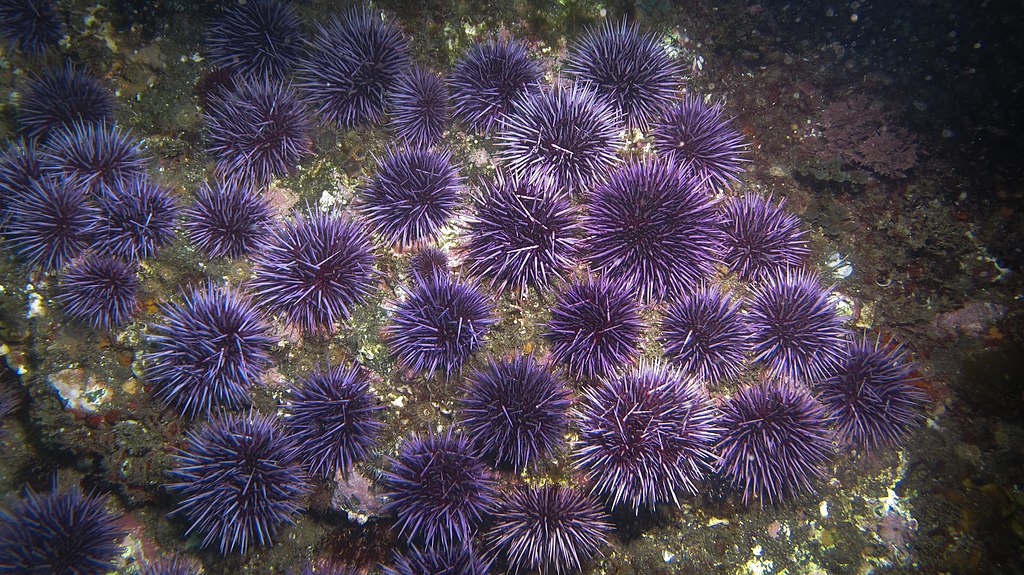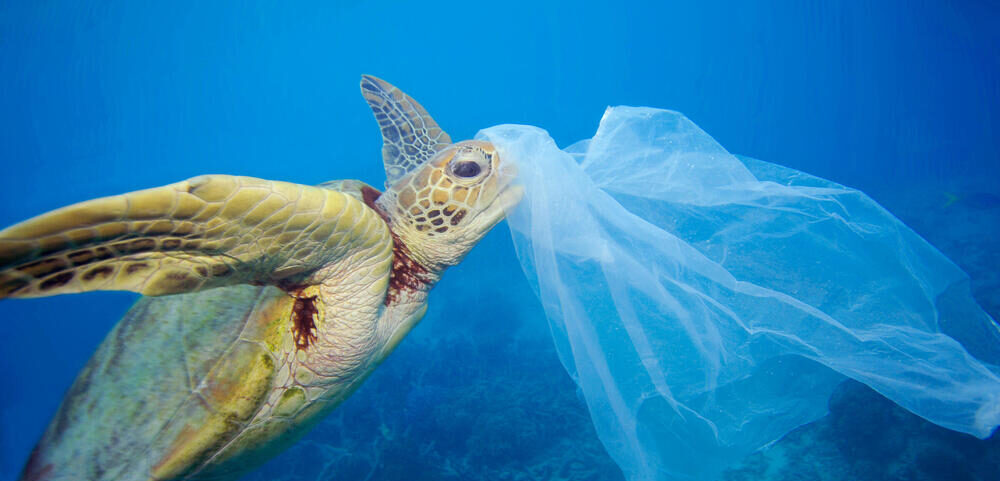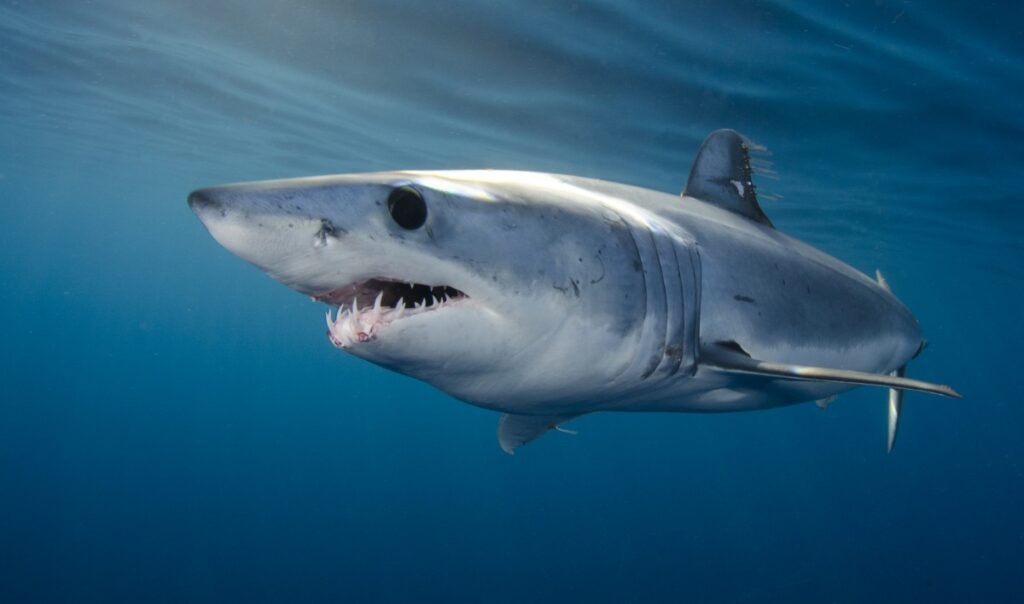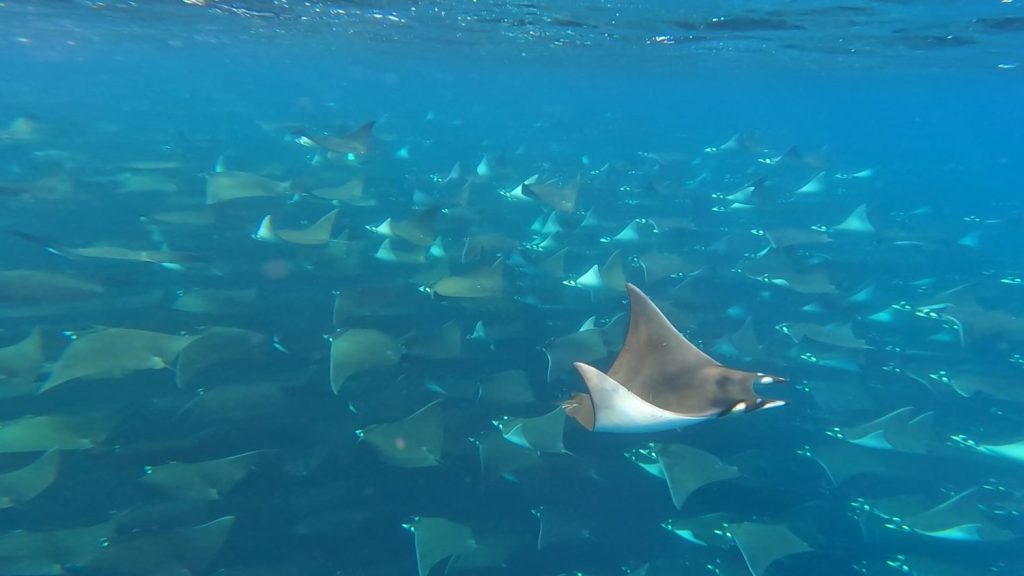Exploring the deep connection: how rivers shape marine life and enhance your scuba diving experience
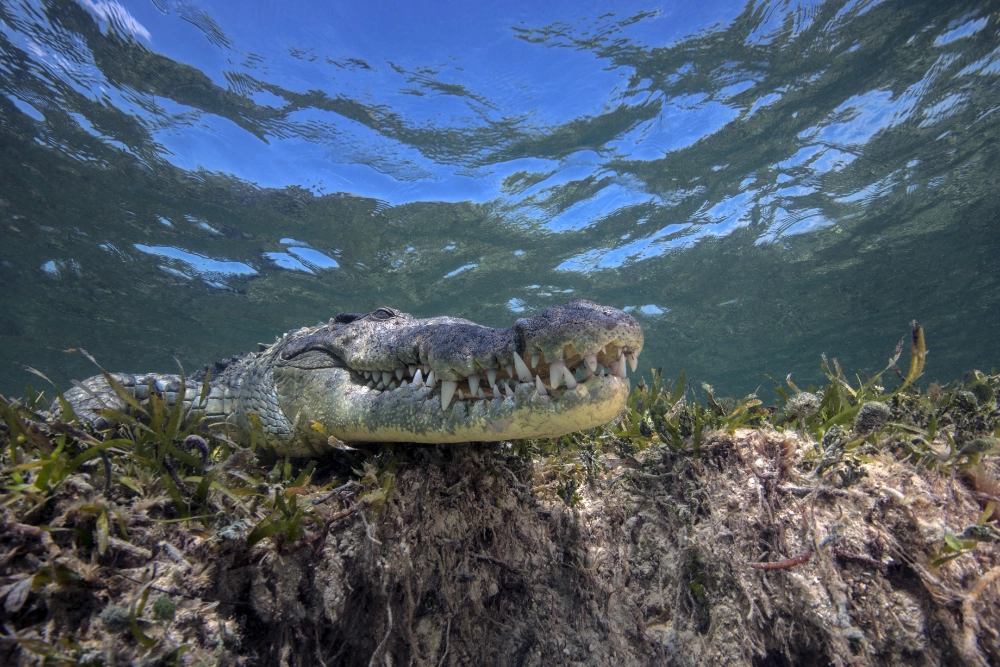
As scuba diving enthusiasts, we often marvel at the vibrant coral reefs, teeming fish schools, and mysterious underwater landscapes. Yet, the role of rivers in shaping these marine environments is a lesser-known but profoundly important factor. Celebrating International River Day provides an opportunity to explore how rivers impact marine life and enhance our diving experiences, reinforcing the need to protect these crucial waterways.
Rivers: the unsung heroes of marine ecosystems
Rivers are not just picturesque landscapes; they play a critical role in supporting marine ecosystems. Flowing from their sources, rivers transport a variety of essential nutrients, organic matter, and minerals into the ocean. This process begins with rivers carrying decomposed plant material, soil particles, and microorganisms that enrich the marine environment. These nutrients are the foundation of the marine food web, supporting the growth of phytoplankton—tiny plants that are vital to the health of coral reefs and the diverse marine life we encounter while diving.
The sediments carried by rivers also contribute to the formation of important coastal habitats such as estuaries and wetlands. These areas serve as crucial nurseries for many marine species, providing shelter and food for juvenile fish and other aquatic organisms. As a result, the health of these habitats directly impacts the biodiversity and quality of dive sites.
Species that bridge the freshwater-marine divide
Several remarkable species utilize both freshwater rivers and marine environments, creating fascinating opportunities for divers to witness their unique behaviors and migrations. Let’s dive into the stories of some of these extraordinary creatures and their river-sea connections.
Bull sharks (Carcharhinus leucas)
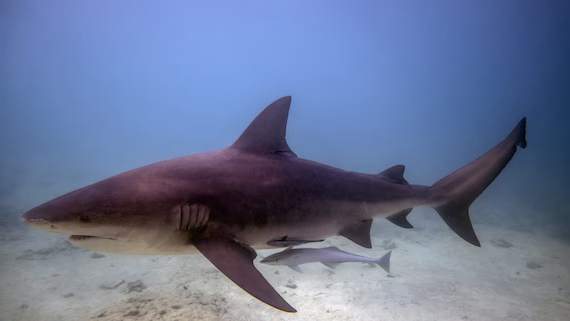
Known for their adaptability, can thrive in both freshwater and marine environments. These formidable predators are capable of venturing hundreds of kilometers upstream into rivers like the Amazon and Zambezi, making them a fascinating subject for divers near river mouths or estuaries. Their presence in both freshwater and marine systems highlights the intricate relationship between these environments.
Saltwater crocodiles (Crocodylus porosus)
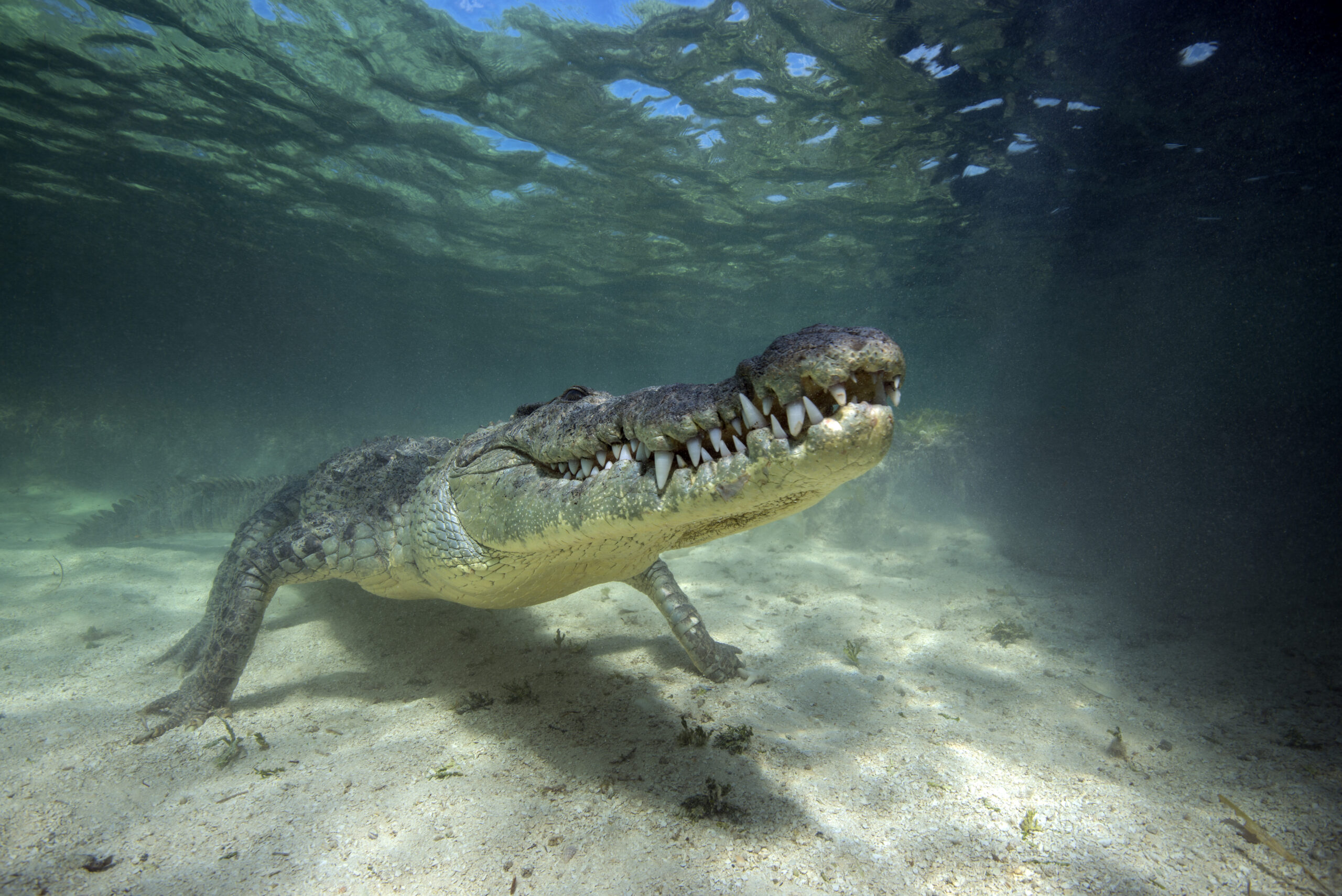
The largest living reptiles, are another intriguing example. These apex predators inhabit a range of habitats, including rivers, estuaries, and the open sea. Their ability to navigate between freshwater and saltwater environments demonstrates the dynamic nature of aquatic ecosystems. Encountering a saltwater crocodile in its natural habitat can be a thrilling experience, though it requires a cautious approach due to their size and power.
Salmon
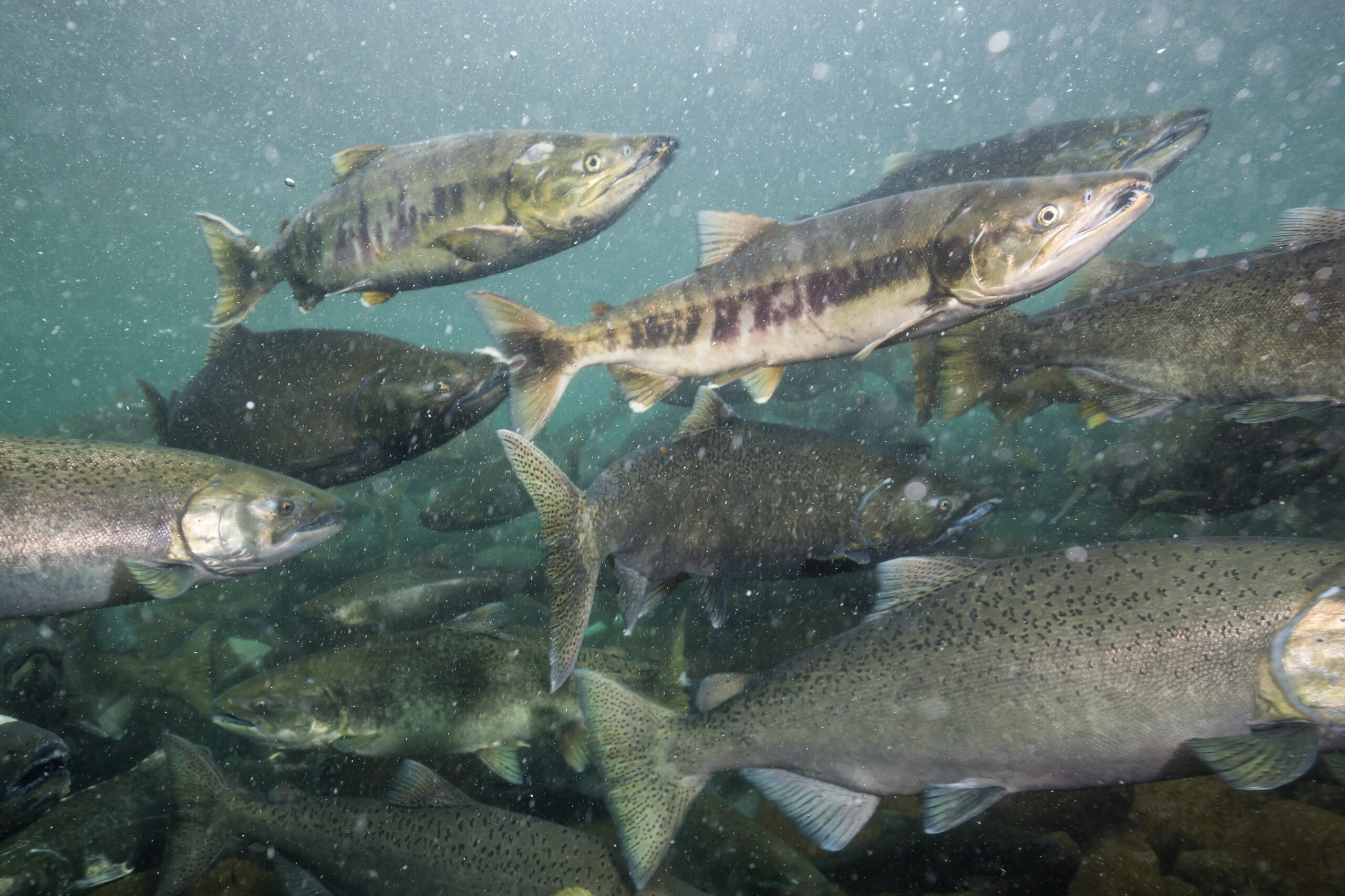
Renowned for their epic migratory journeys, traveling from freshwater rivers to the ocean and back again to spawn. This migration, known as the salmon run, is a spectacular event that underscores the importance of river systems to marine life. Although not typically observed during recreational dives, understanding the role of salmon migration highlights the interconnectedness of freshwater and marine environments and emphasizes the impact that river health has on marine biodiversity.
Eels
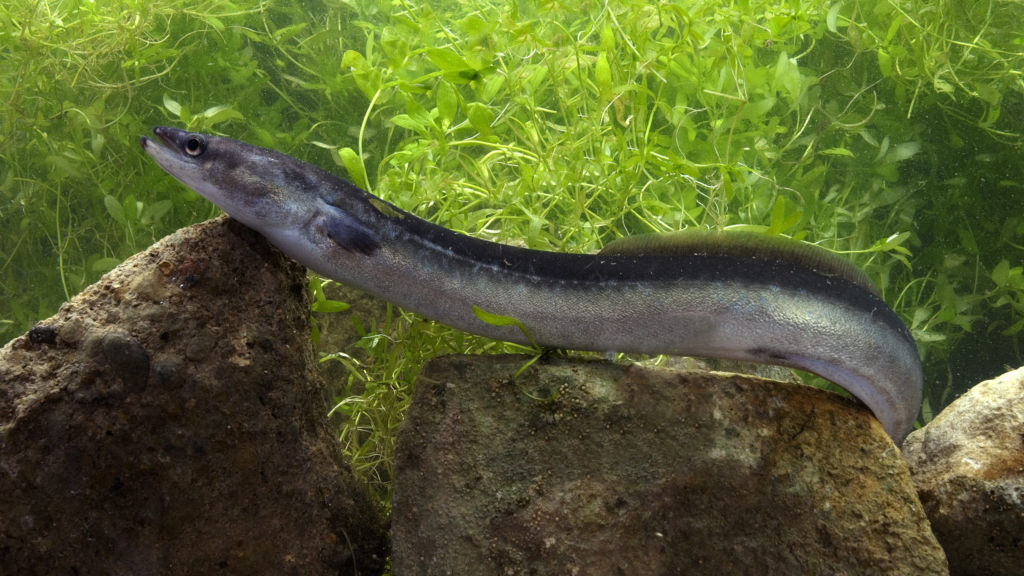
such as the European eel (Anguilla anguilla) and the American eel (Anguilla rostrata), also illustrate the critical link between rivers and seas. These catadromous fish spend most of their lives in freshwater but migrate to the sea to spawn. Their life cycle exemplifies the importance of healthy river systems for supporting marine species and the complex ecological connections that sustain both environments.
The challenges and conservation efforts
Habitat loss due to development, dam construction, and deforestation also impacts river systems and their influence on marine environments. Alterations to river flow patterns and the destruction of wetlands and estuaries can reduce the availability of essential habitats for marine species. Promoting sustainable land use and supporting conservation projects are vital steps in preserving these critical areas.
Climate change adds another layer of complexity, affecting both river and marine ecosystems. Rising temperatures, changing precipitation patterns, and increased frequency of extreme weather events can disrupt river flow, water quality, and species distribution. For scuba divers, this means potential shifts in marine biodiversity and changes in dive site conditions. Engaging in climate action and supporting sustainable practices is crucial for mitigating these impacts and ensuring the continued health of underwater environments.
As scuba divers, we can play a significant role in advocating for and contributing to the protection of rivers and marine ecosystems. Supporting conservation organisations, participating in cleanup events, promoting sustainable practices, and staying informed about environmental issues are all ways to make a positive impact. By embracing and respecting the connection between rivers and seas, we contribute to the preservation of the aquatic environments we explore and enjoy.
Let’s better acknowledge the profound connection between rivers and marine life and the role they play in enhancing our diving experiences. Rivers are essential to the health and vibrancy of the marine environments we cherish. By understanding and protecting these vital waterways, we ensure that future generations of divers can continue to experience the wonders of the underwater world. Dive deeper into the significance of rivers, appreciate their role in marine ecosystems, and join the global effort to safeguard these crucial resources.

